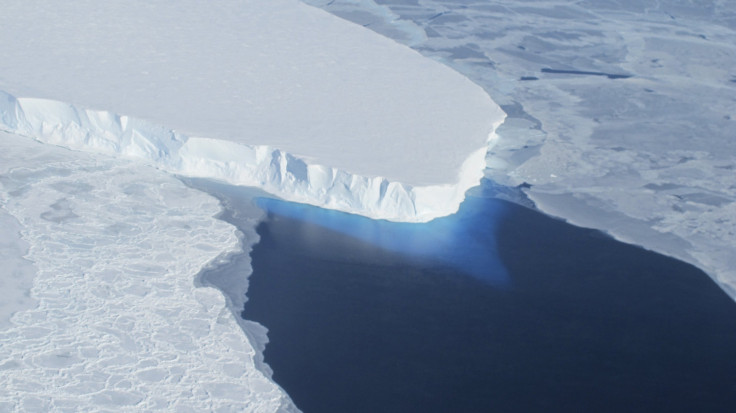Underground Volcanoes Responsible For Glacier Melting In Western Antarctica

Ocean water warmed by the effects of climate change is not the only factor responsible for the melting of Antarctic glaciers as hidden, underground volcanoes also contribute to the thawing, according to a new study, which is said to have changed the understanding of conditions underneath the West Antarctic Ice Sheet.
Researchers at the Institute for Geophysics at The University of Texas, or UTIG, at Austin examined the Thwaites Glacier in Western Antarctica and found that it was being melted from below by geothermal heat released by submerged volcanoes. The Thwaites Glacier recently became the focus of attention after some studies revealed that the glacier was nearing collapse from accelerated melting.
“The geothermal heat contributed significantly to melting of the underside of the glacier, and it might be a key factor in allowing the ice sheet to slide, affecting the ice sheet's stability and its contribution to future sea level rise,” the researchers said, in a statement. “The cause of the variable distribution of heat beneath the glacier is thought to be the movement of magma and associated volcanic activity arising from the rifting of the Earth's crust beneath the West Antarctic Ice Sheet.”
The collapse of the Thwaites Glacier, which is the size of Florida and is “considered a gateway to the majority of West Antarctica's potential sea level contribution,” can increase global sea level by 3.3 feet to 6.5 feet, according to researchers who used radar techniques to map the flow of water under ice sheets. The effort eventually helped them estimate the rate of ice melting and identify key sources of geothermal heat under the 2.5-mile-thick Thwaites Glacier in the Amundsen Sea Embayment.
“It's the most complex thermal environment you might imagine,” Don Blankenship, a senior research scientist at UTIG and the study’s co-author, said in the statement. “And then you plop the most critical dynamically unstable ice sheet on planet Earth in the middle of this thing, and then you try to model it. It's virtually impossible.”
According to the study, geothermal sources beneath the Thwaites Glacier release a minimum average heat of 100 milliwatts per square meter while the most concentrated hotspots emit heat at the rate of more than 200 milliwatts per square meter. A square meter is about ten square feet.
“The combination of variable subglacial geothermal heat flow and the interacting subglacial water system could threaten the stability of Thwaites Glacier in ways that we never before imagined,” Dusty Schroeder of UTIG and the study’s lead author, said.
© Copyright IBTimes 2024. All rights reserved.












